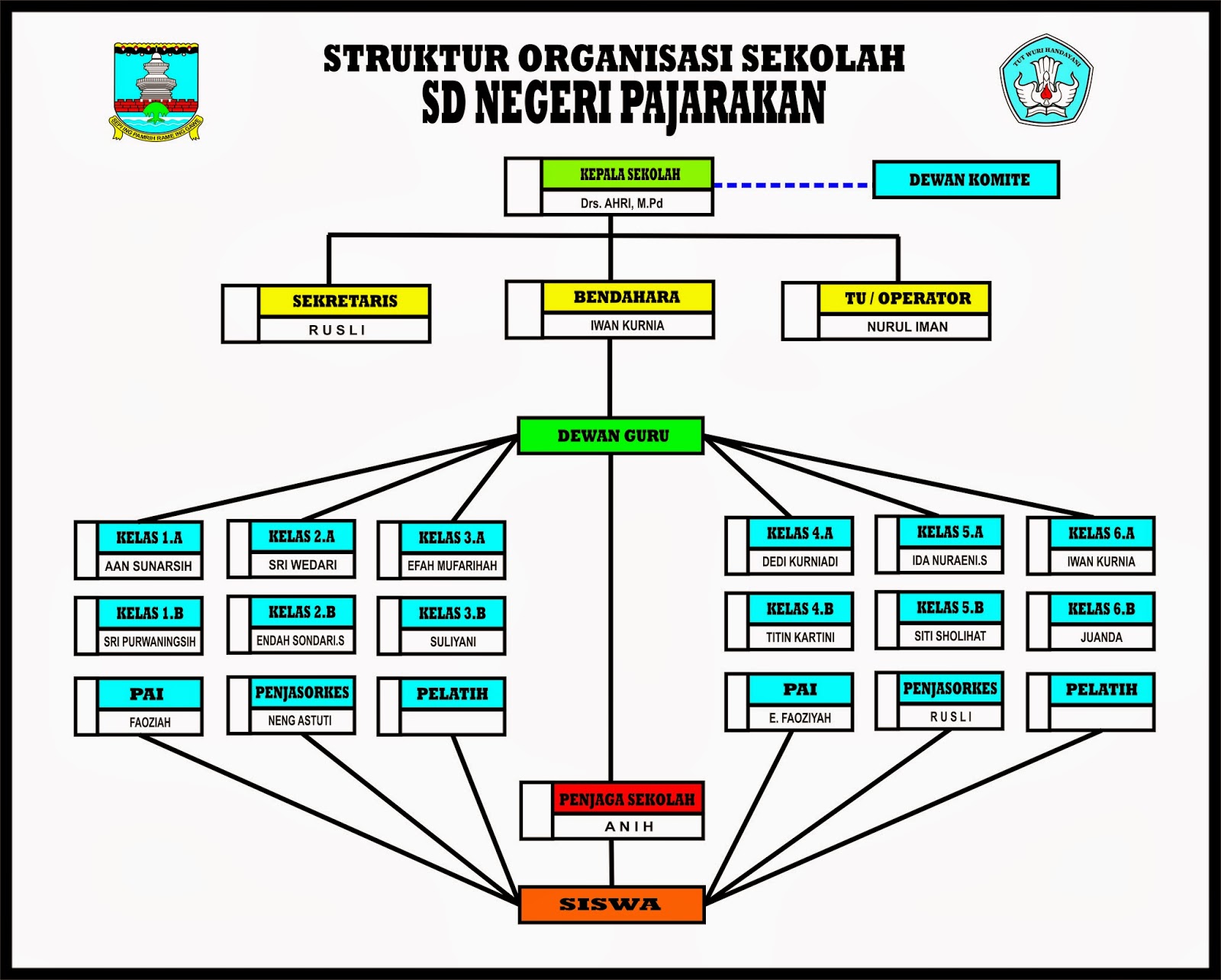Unlocking School Success: The Power of Effective Organizational Structures
Imagine a school where everyone understands their roles and responsibilities, communication flows smoothly, and decisions are made efficiently. This isn't a utopian dream but an achievable reality with a well-defined organizational structure. Just like a strong foundation supports a building, a clear organizational structure is crucial for a school's success. It provides a framework for operations, defines lines of authority, and facilitates collaboration among stakeholders.
While the specific design may vary depending on factors like school size and cultural context, the underlying principle remains constant: to create an environment conducive to learning and growth. A well-structured school empowers teachers, engages students, and fosters a shared sense of purpose.
The impact of an effective organizational structure extends beyond administrative efficiency. It directly influences the quality of education, student achievement, and overall school climate. When roles are clear and communication is open, teachers can focus on their primary responsibility – teaching. Students, in turn, benefit from a more organized learning environment and consistent support from the adults around them.
However, creating an effective organizational structure is not a one-size-fits-all endeavor. Schools must consider their unique contexts, needs, and goals. It requires careful planning, collaboration, and ongoing evaluation to ensure the structure remains relevant and responsive to the ever-evolving educational landscape.
In this article, we will delve deeper into the concept of effective school organizational structures, exploring their components, benefits, and the steps to creating a structure that fosters a thriving learning community. Whether you are a school leader, educator, or parent, understanding the importance of this framework is essential for advocating for the best possible educational experience for all students.
Advantages and Disadvantages of a Well-Defined School Organizational Structure
While a well-defined organizational structure offers numerous benefits, it's essential to acknowledge potential drawbacks. By understanding both sides, schools can proactively address challenges and maximize the effectiveness of their chosen structure.
| Advantages | Disadvantages |
|---|---|
| Clear lines of authority and responsibility | Potential for bureaucracy and slow decision-making |
| Improved communication and coordination | Risk of rigidity and difficulty adapting to change |
| Enhanced accountability and transparency | Possibility of creating silos and hindering collaboration |
| Increased efficiency and productivity | May not cater to the unique needs of all individuals |
Best Practices for Implementing an Effective School Organizational Structure
Creating a successful organizational structure requires careful planning and implementation. Here are five best practices to consider:
- Involve Stakeholders: Seek input from teachers, staff, parents, and students to ensure the structure reflects the needs and perspectives of the school community.
- Clearly Define Roles and Responsibilities: Provide detailed job descriptions and clarify reporting lines to minimize confusion and promote accountability.
- Establish Communication Channels: Implement regular meetings, suggestion boxes, and online platforms to facilitate open and transparent communication.
- Promote a Culture of Collaboration: Encourage teamwork and cross-departmental initiatives to break down silos and foster a sense of shared purpose.
- Regularly Evaluate and Adjust: Conduct periodic reviews of the structure's effectiveness and make adjustments based on feedback and changing needs.
Common Questions and Answers about School Organizational Structures
- Q: What are the key components of a school organizational structure?
A: Key components typically include the school board, superintendent, principal, teachers, support staff, and departments responsible for areas like curriculum, student services, and operations. - Q: How often should a school review its organizational structure?
A: It's recommended to review the structure annually or whenever significant changes occur, such as shifts in student enrollment or the introduction of new programs. - Q: How can schools ensure their organizational structure supports student success?
A: By designing a structure that prioritizes teaching and learning, provides ample support for students, and fosters a positive and inclusive school climate.
A well-designed and implemented organizational structure is the backbone of a successful school. By prioritizing clarity, communication, and collaboration, schools can create an environment where students thrive, teachers excel, and the entire community works together towards a shared vision of educational excellence. As you consider your school's organizational structure, remember that it is not merely a chart on paper but a living framework that should evolve to meet the dynamic needs of the school community.
Perfect birthday wishes for him find the right words
Finding wellness in savannah exploring healthcare with dr chang
Unleash your inner hero a guide to winter soldier arm 3d print














